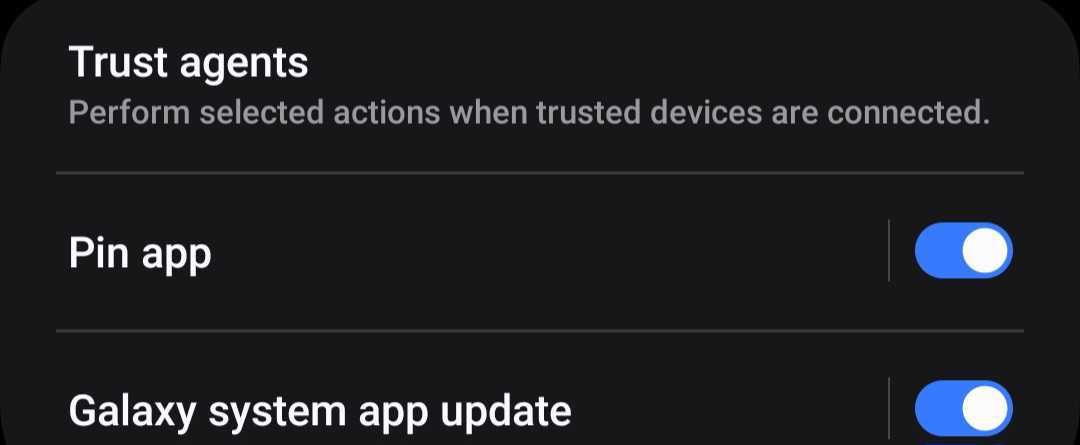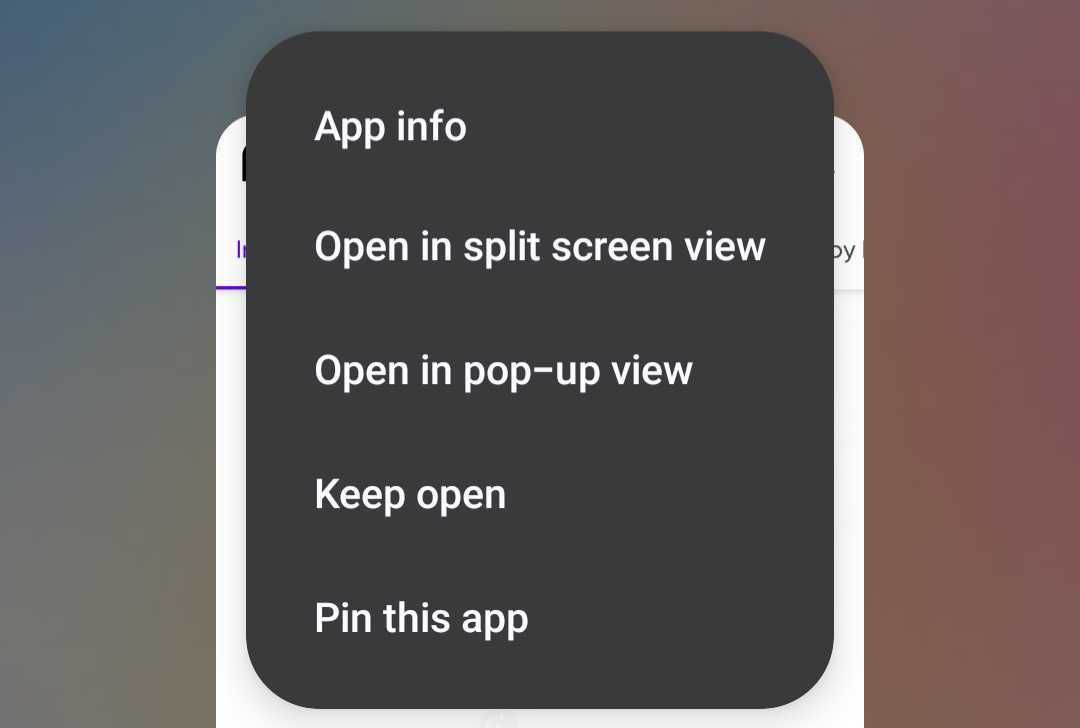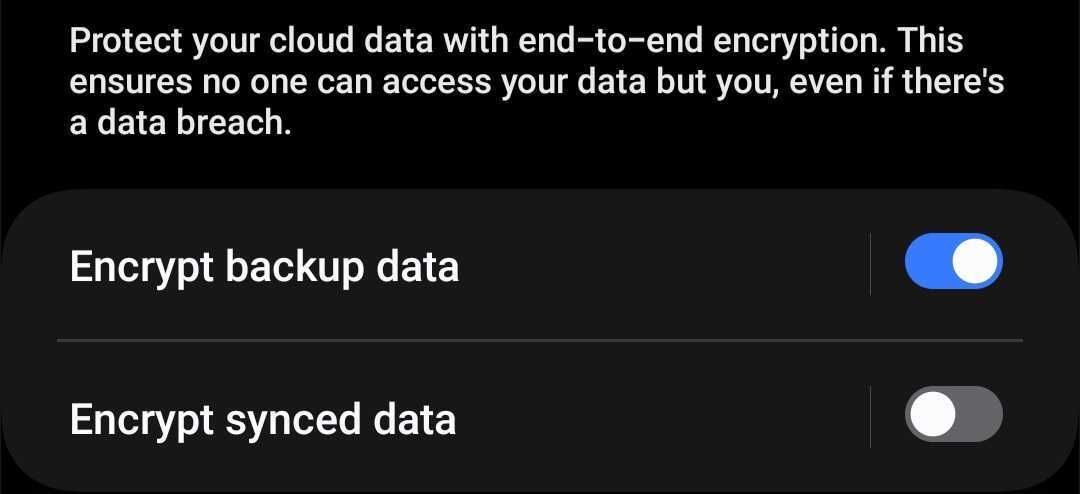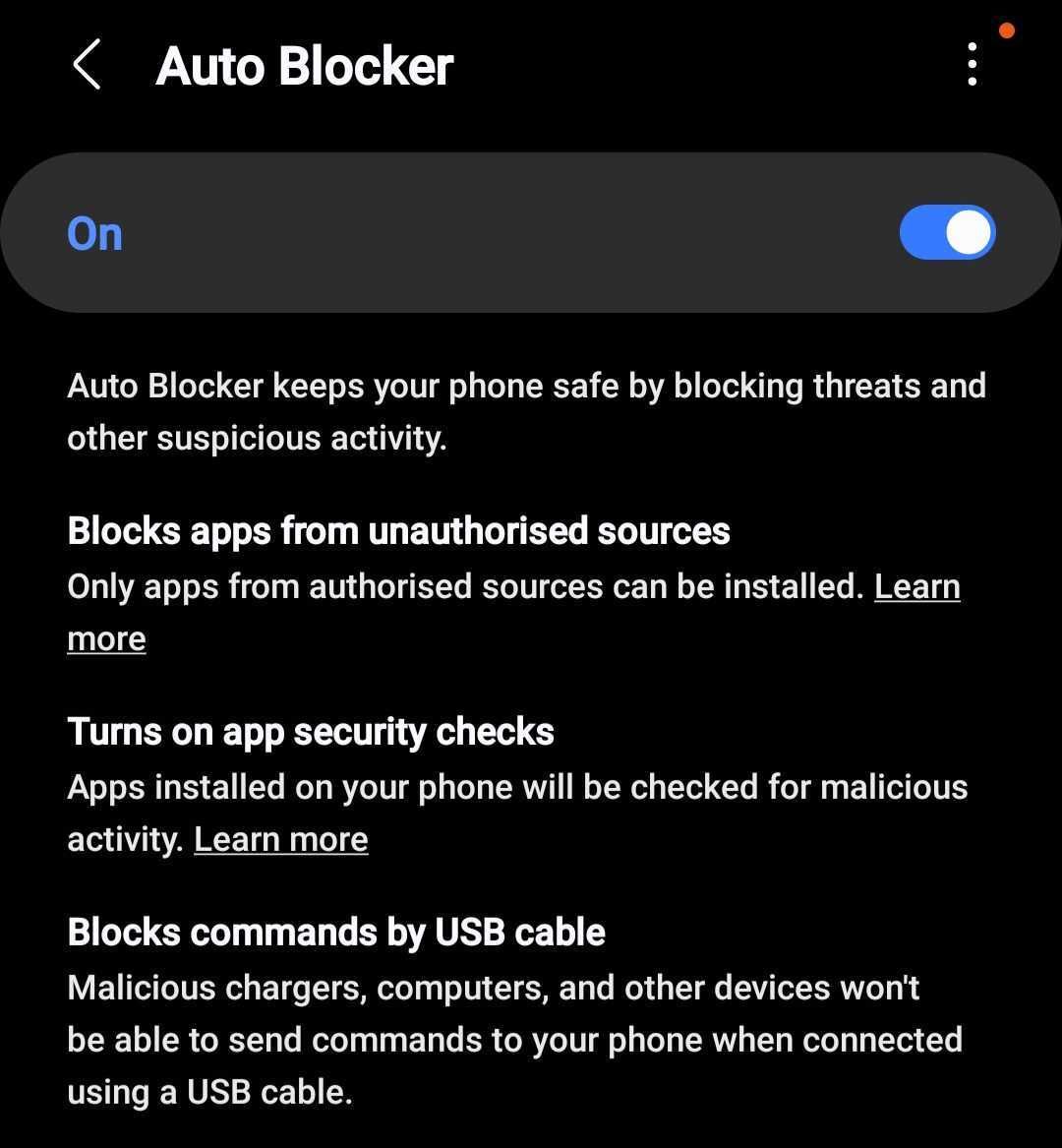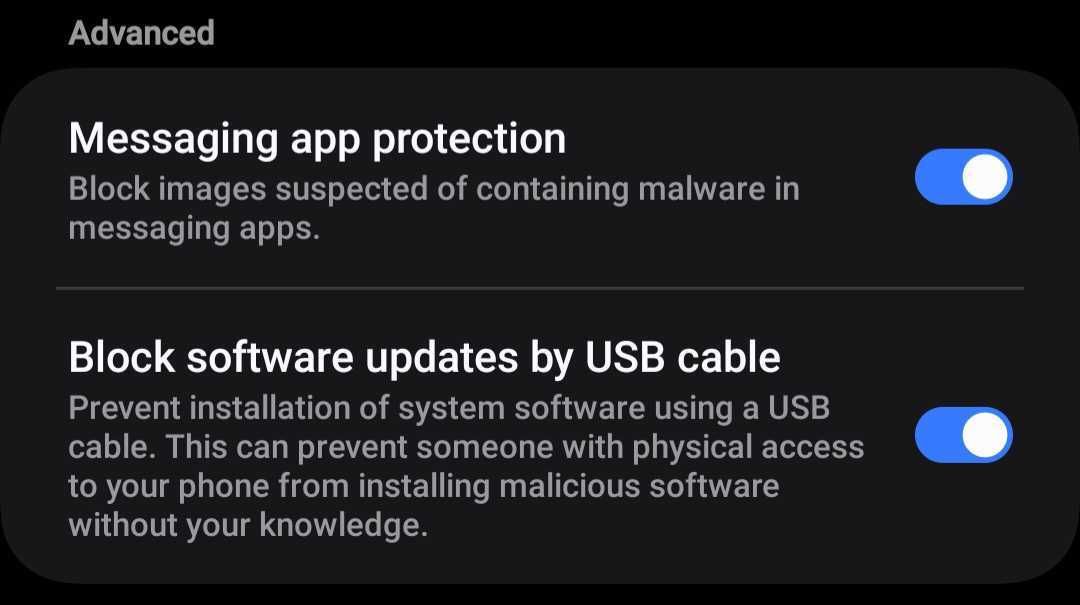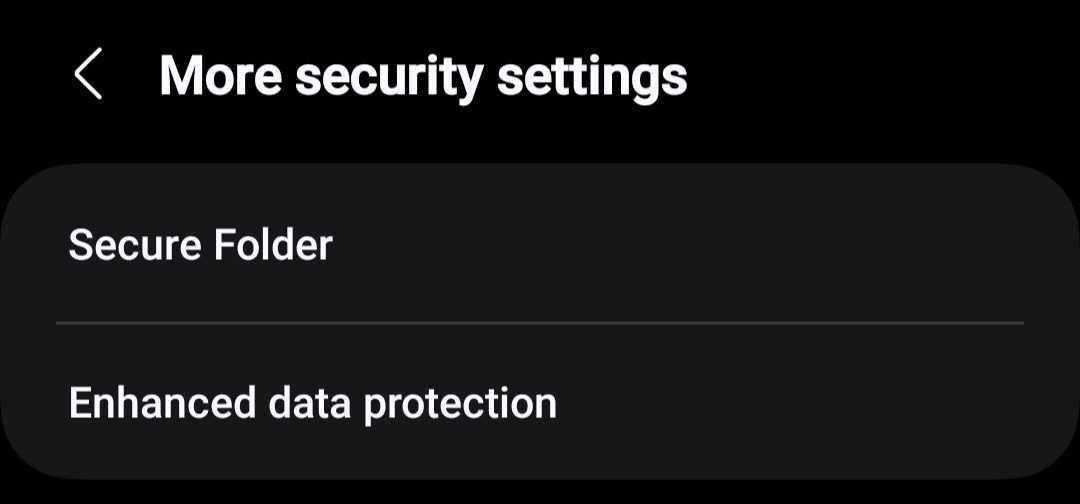Your Android phone comes with many features that improve the security of your data and device. These can help you find a lost phone, restrict access to specific apps, protect sensitive information, and more. Here are some key security features you should always keep enabled on your smartphone.
1 Set Up Biometric Authentication for Lock Screen
Most users rely on traditional methods like PINs, passwords, or pattern locks to secure their phones. While these methods offer the necessary protection, they come with some risks. Someone could steal your PIN or password through shoulder surfing or use smudges on your screen as clues to guess your pattern.
That’s why I avoid traditional methods and prefer biometric authentication, such as fingerprint scanning or facial recognition, to secure my device. These options are safer because no one can unlock my phone without my unique biometric data. They’re also faster and more convenient than traditional methods.
However, keep in mind that if you’re unconscious, like when you’re sleeping, someone could potentially use your fingerprint or face to unlock your device. So, be aware of that risk.
2 Turn On Find My Device
Find My Device is a feature you’ll be grateful for if your phone ever gets lost or stolen. It uses location services to pinpoint your phone’s exact location, even if it has been taken halfway around the world. With this feature, you can remotely lock your phone and erase all your data if recovery seems impossible.
If you misplace your phone at home, you can trigger an alarm sound to locate it, even if it’s on silent mode. Check out how to set up Find My Device on your Android smartphone.
3 Use App Pinning When Sharing Your Phone
When I used to share my phone with someone, I always worried they’d snoop through my data. Then, I found the app pinning feature, which locks my phone to a specific app, preventing the person from accessing anything else. To enable the app pinning feature, go to Security and Privacy > More Security Settings and toggle on “Pin App.”
Then, open the app the other person needs, tap the recent apps button, tap on the app icon, and select “Pin This App.” Your phone will remain locked to that app until you unpin it by entering your security credentials.
I use a Samsung Galaxy device, so these features might be named differently or unavailable on Android devices from other manufacturers.
4 Encrypt Your Data Backup
While we often take care of creating backups, we sometimes overlook the importance of securing them with proper encryption. Without this protection, our backups could fall into the wrong hands, potentially exposing personal and confidential data. Encrypting your backups makes the data unreadable without a decryption key that only you know.
So, you should always keep your backup encrypted. To encrypt your backup, go to Settings > Security and Privacy > More Security Settings > Enhanced Data Protection, and enable the toggle next to “Encrypt Backup Data.”
Next, tap “Generate Recovery Code” and store it securely, as it will allow you to recover your backup if you lose access to your trusted device. Then, re-enter the recovery code you saved, check the data that will be encrypted, and tap “Next.”
5 Keep an Eye on Permission Management
When we use an app for the first time, it often requests permission to access our data and phone’s hardware. We often grant these permissions without much consideration and then forget about them. If an untrusted app has access to your camera, microphone, files, and more, it can jeopardize your security, threaten your privacy, and lead to data breaches.
Therefore, you should manage app permissions carefully and revoke access for any apps you no longer trust. To do this, go to Settings > Security and Privacy > Permission Manager. Here, review the different types of permissions, see which apps have them, and adjust the settings as needed.
For instance, if a suspicious app has access to your camera, tap on it and choose “Don’t Allow” to block it from using your phone’s camera.
6 Enable Auto Blocker to Automatically Block Threats
Samsung’s Galaxy devices have an Auto Blocker feature to protect your phone from external threats. It prevents installing apps from untrusted sources, alerts you if you receive images containing malware through messaging apps, and blocks other devices from tampering with your phone when connected via a USB cable.
To enable this feature, go to the Settings app, navigate to Security and Privacy > Auto Blocker, and switch on the toggle next to “On.”
Also, ensure that the toggles next to “Messaging App Protection” and “Block Software Updates By USB Cable” are turned on to benefit from advanced security protection.
7 Secure Your Data in a Secure Folder
We all have sensitive data on our phones that we want to keep private. Galaxy phones offer a Secure Folder feature that helps you protect this data. Files placed in the Secure Folder are encrypted, ensuring unauthorized users cannot access them—this feature also guards against malicious attacks.
To set it up, go to Settings > Security and Privacy > More Security Settings > Secure Folder, and follow the on-screen instructions to choose your preferred lock type.
When moving files into the Secure Folder, you generally have two options. You can create a copy of the file or permanently relocate the original. You should always move the original file to ensure your data is protected in the Secure Folder and not left unprotected elsewhere on your device.
Likewise, you can create a copy of an app to use a different account in the app, which is helpful for apps that only support one account at a time. For detailed instructions on moving files and apps into the Secure Folder and hiding the folder from the Home Screen for extra protection, refer to Samsung’s documentation on the Secure Folder feature.
I find the above Android features extremely useful and always keep them enabled. Now that you know how these features can improve your data security, you should also use them. While at it, don’t forget to enable the emergency features available on Samsung and other Android smartphones—some of these could be life-saving.


